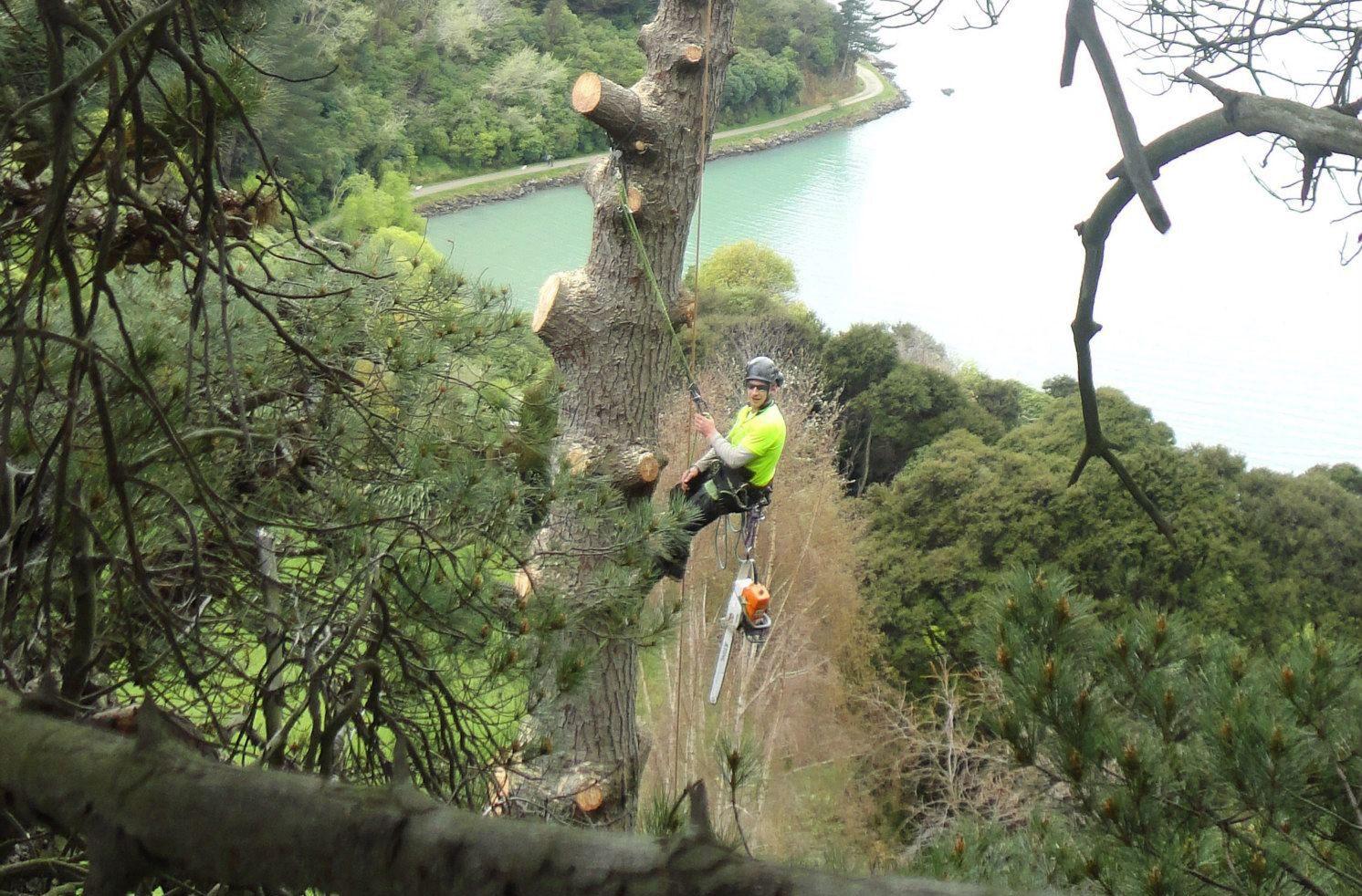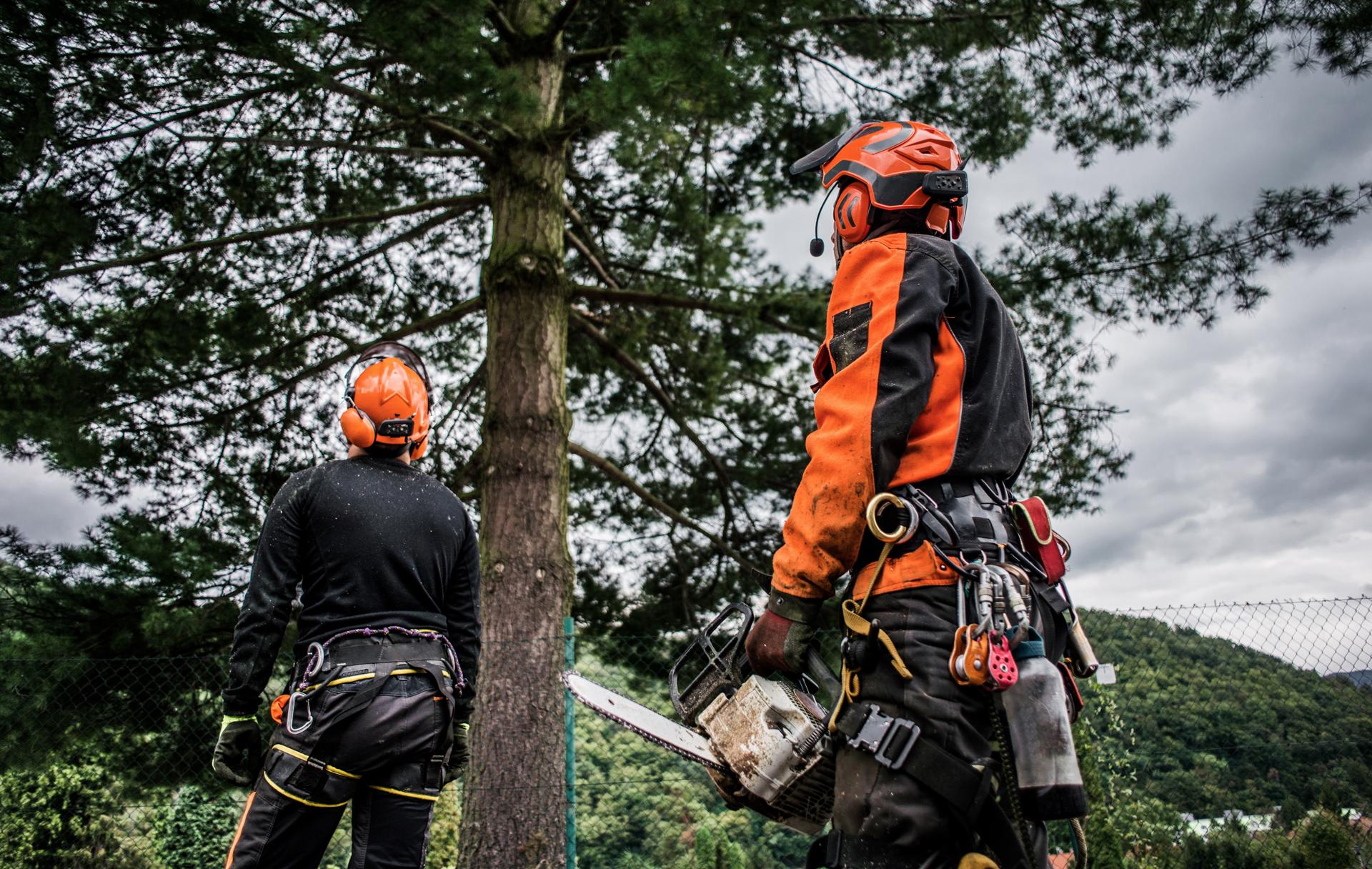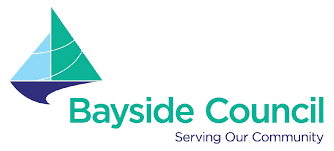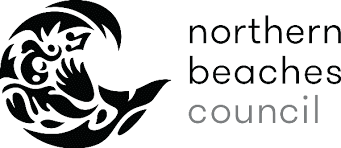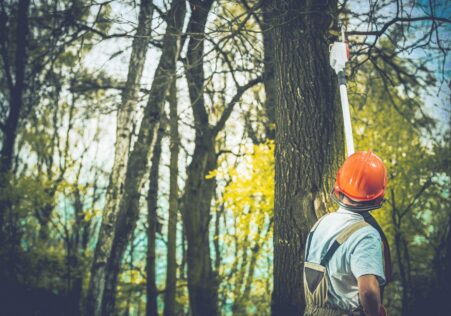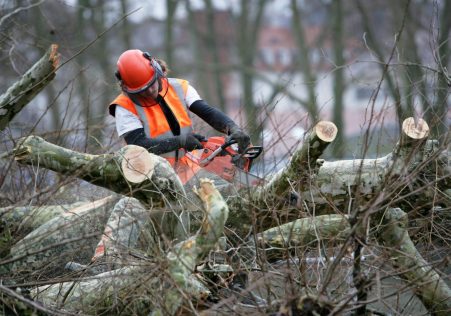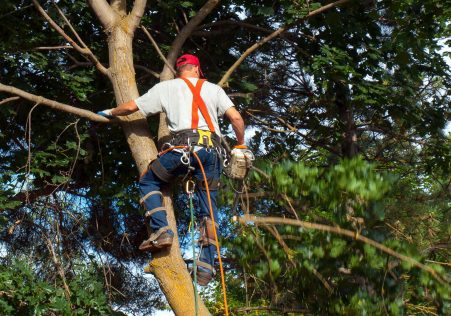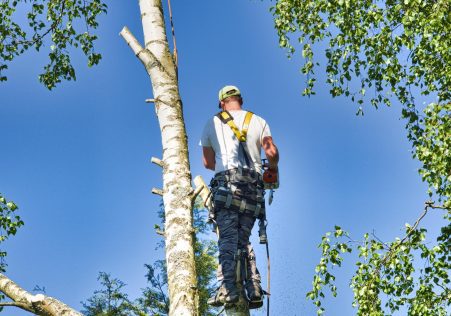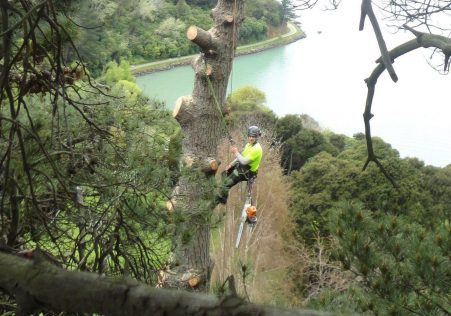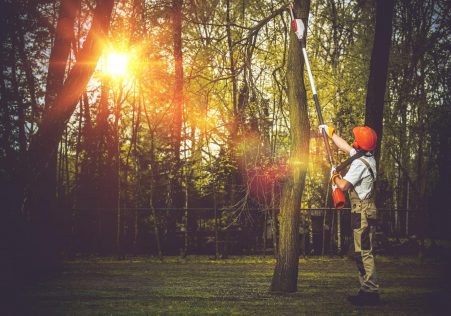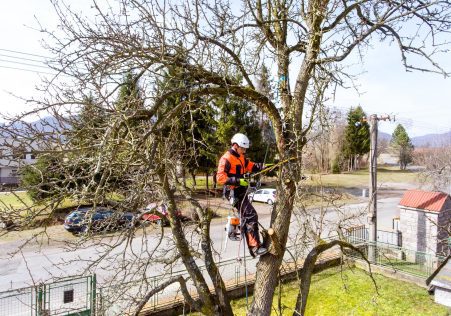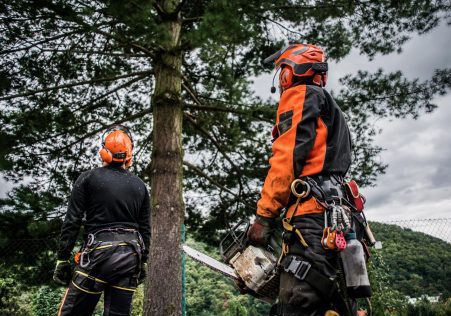The Risks of Ignoring Dead Trees: A Guide to Tree Removal
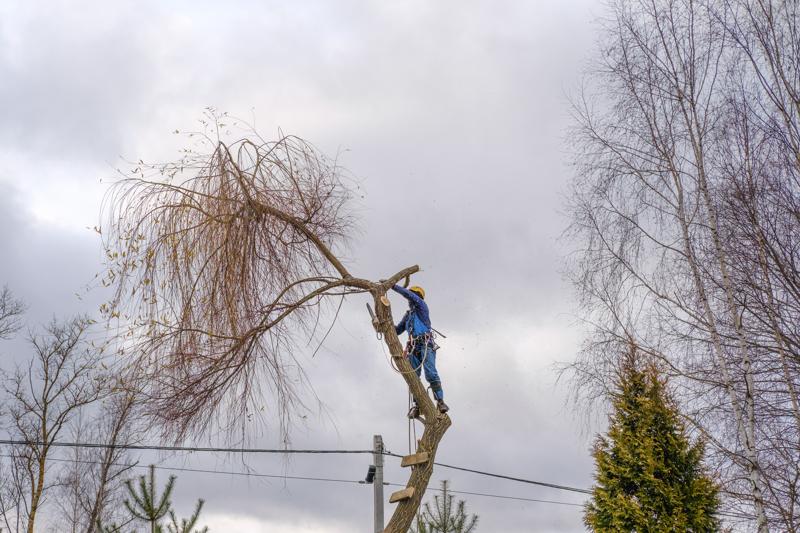
Tree removal is a difficult and potentially hazardous task. If a tree is dead or diseased or is at risk of falling, it may require removal in order to protect the property and to make sure that the tree is safe. But how do you tell whether a tree should be cut down? We’ll walk you through the signs to be looking for and help you determine whether it’s time to call the experts.
Dead or dying trees
One of the most evident signs that a plant needs to be removed is if it is dead or dying. Dead trees do not have leaves and could appear dead. If a tree has no leaves or any signs of growth, it’s probably dead. In addition, the bark of dead trees may be dry, cracked or peeling.
Diseased Trees
Diseased trees could pose a danger to the other plants and trees in the area. The signs of disease that are common for trees include dying leaves, wilted or yellowed branches, and the growth of mushrooms at the root of the tree. If you suspect your tree may be diseased, it’s important to have it inspected by an arborist who is a professional.
Leaning Trees
TreesLeaning trees to one side can indicate that the root system is failing and the tree could be in danger of falling. To find out if a tree that is leaning is at risk, look for cracks or breaks within the trunk and examine the soil at the tree’s base. If you see any of these indicators it is recommended to have the tree evaluated by an arborist.
Overhanging Branches
Trees with overhanging branches located close to buildings or power lines can pose a risk to safety and property. If you’re concerned about branches hanging overhanging, it’s best to be evaluated by an arborist who will determine whether removal or pruning is necessary.
FAQs
How do I know if a tree is dead?
An individual tree can be said to be to be dead if it is without leaves and shows no indication of growth. Additionally, the bark of dead trees may be dry, cracked or peeling.
What are the symptoms of a dying tree?
Common signs of illness on trees include dying leaves, wilted or yellowed branches, and the growth of mushrooms at the base of the tree.
Is it safe to remove an entire tree on your own?
Tree removal is a difficult and potentially dangerous task. It is best to leave the task to professionals to protect you and your family members.
Conclusion
When you’re dealing with tree removal, it’s important to be able to recognize the indicators that indicate that a tree needs to be removed. By being aware of the indicators of dying or dead trees, diseased trees tree leaning, and hanging branches You can take action to protect your property as well as those surrounding you. If you suspect that the tree that is on your property requires removal and you are unsure, contact Western Sydney Tree Removal for a professional review. Our highly trained arborists have the expertise and tools to handle all the tree removal requirements. Don’t take any chances with your safety. If you believe that the tree that is on your property needs to be removed, call Western Sydney Tree Removal today for a professional assessment. Our expert arborists will give you the peace of mind which comes from knowing that your property is in good in the hands of our experts. Call us today to 1300 636 143 to schedule an appointment.

